Does the rest of the world dislike the United States? Some do and some don’t. And of course, the positions of foreign governments do not always match the sentiments of their people. For this article we’ve listed 10 countries that are most hostile to the United States, and a few reasons why.
Why Are Some Countries Anti-American?

There are 5,000 McDonald’s in China. American culture can cause backlash in foreign countries.
©dailin/Shutterstock.com
Some Americans find so much to love about their country, that it’s hard to understand why other people wouldn’t love it too. Here are a few of the factors that can cause foreign governments to take a strongly anti-American stance:
- American military interventions in other countries.
- The American government sometimes supports unpopular regimes abroad when it is in the U.S. national interest.
- American movies, the internet, products, and companies can overwhelm local cultures and powerfully promote values that are different from their own.
- Americans pressure undemocratic governments to respect human rights and allow elections.
- U.S.-dominated institutions like the International Monetary Fund insist on difficult financial reforms in developing nations seeking loans.
- The United States and its allies block the ambitions of their rivals to grow their international power, influence, and territorial control.
So based on these kinds of issues, here are 10 of the most anti-American countries in the world today.
1. Afghanistan

The Taliban has returned to power in Afghanistan.
©VOA / Public domain - License
The longest war in United States history was its invasion of Afghanistan in retaliation for its sheltering of Osama Bin Laden, the instigator of the September 11, 2001 terrorist attacks. After 20 years of fighting, American forces withdrew in 2021 and the country almost immediately fell under the control of the Taliban again.
2. Belarus
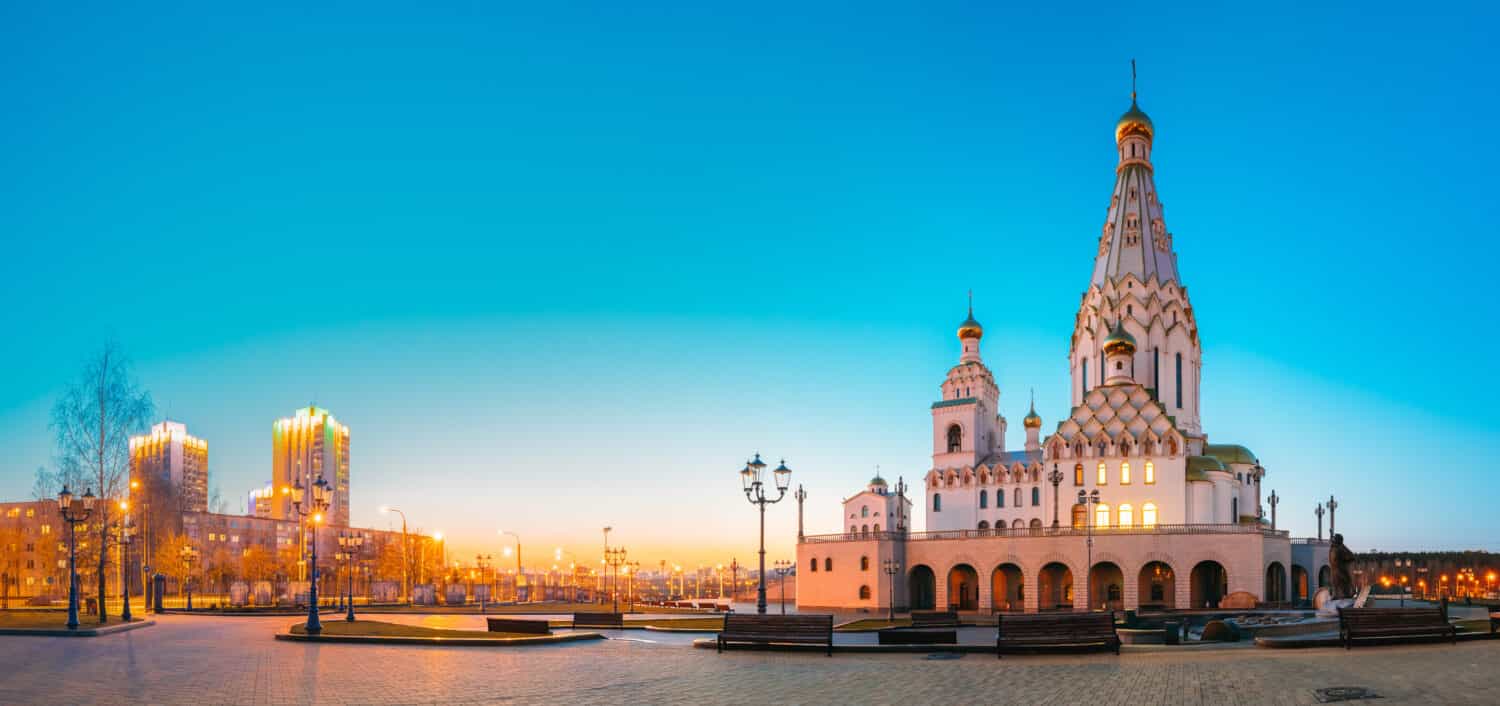
Belarus closely aligns itself with Russia and against the West.
©Grisha Bruev/Shutterstock.com
Aleksander Lukashenko, the dictator of Belarus, has allied with Russia in what many observers believe to be a slow-moving annexation of Belarus. The West considers Belarus a security threat as it borders NATO allies Latvia, Lithuania, and Poland and has been used as a staging area for Russia’s invasion of Ukraine.
3. China

As an emerging world power, China has many areas of sharp disagreement with the U. S.
©Studio Romantic/Shutterstock.com
China, the world’s second-most populous country, is rapidly developing into the most serious economic and military rival of the United States. Key areas of dispute include espionage, human rights abuses, intellectual property rights, an equitable trade balance, China’s growing investments and influence in the developing world, and its ambition to annex western-aligned Taiwan.
4. Cuba

The United States maintains a military base at Guantanamo Bay, Cuba.
©Everett Collection/Shutterstock.com
Located just 90 miles south of Florida, Cuba has been a U.S. rival since its 1959 communist revolution and alignment with the Soviet Union. This nearly led to World War III during the Cuban Missile Crisis. Over the years, Cuba worked to export its revolution to the rest of Latin America and Africa, while the U.S. maintained an economic embargo that largely continues to this day.
5. Iran
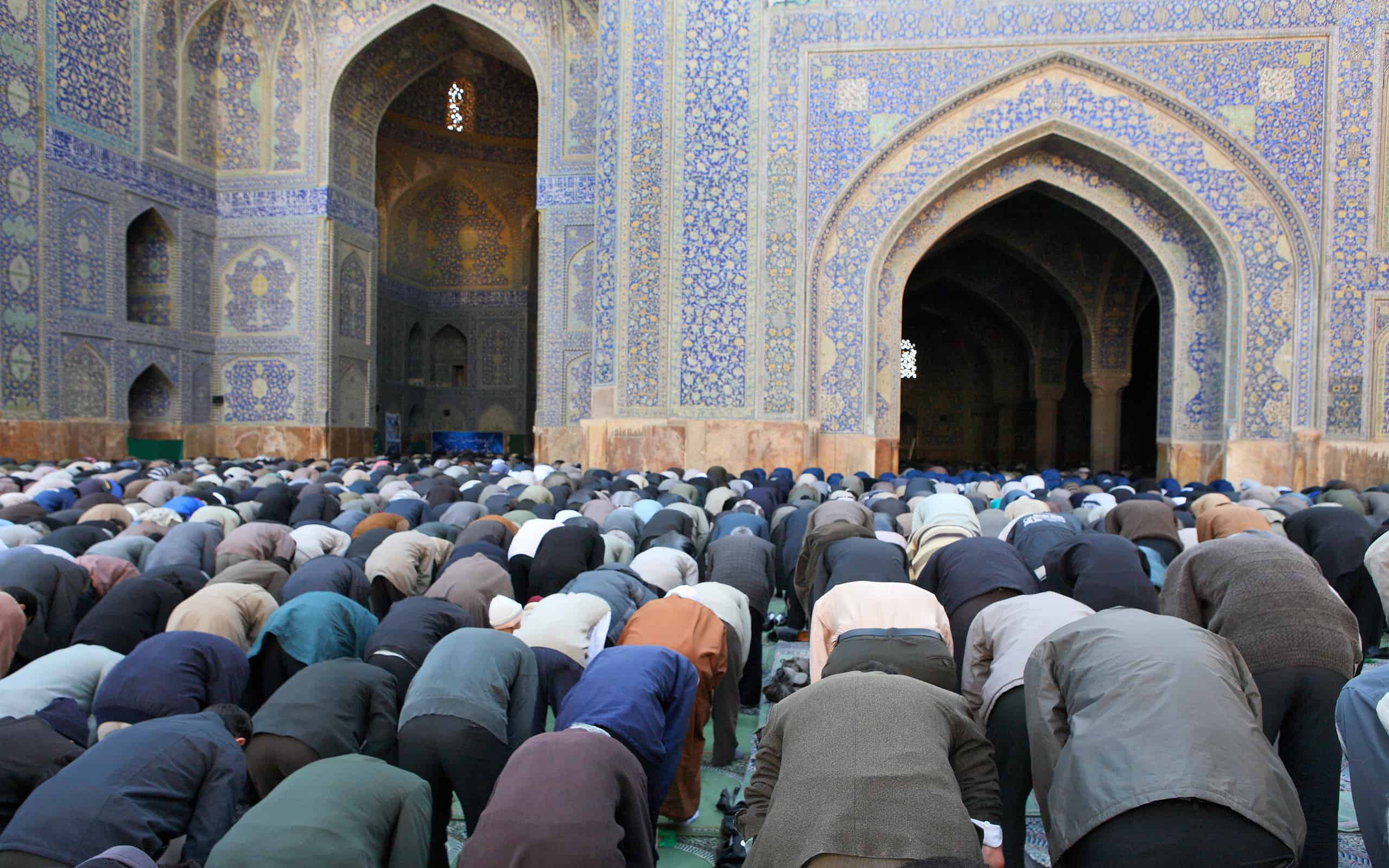
The Iranian revolutionary leadership has implemented a strict interpretation of Shi’ite Islam.
©zanskar/iStock / Getty Images Plus via Getty Images
Iran was a U.S. ally until an Islamic revolution in 1979. The revolutionaries took American embassy personnel hostage for 444 days. Since then, Iran and the U.S. have nearly come to the brink of war over Iranian support of terrorism and interference with shipping in the Persian Gulf. Today, Iran’s developing nuclear program may be the catalyst that finally touches off an armed conflict.
6. North Korea
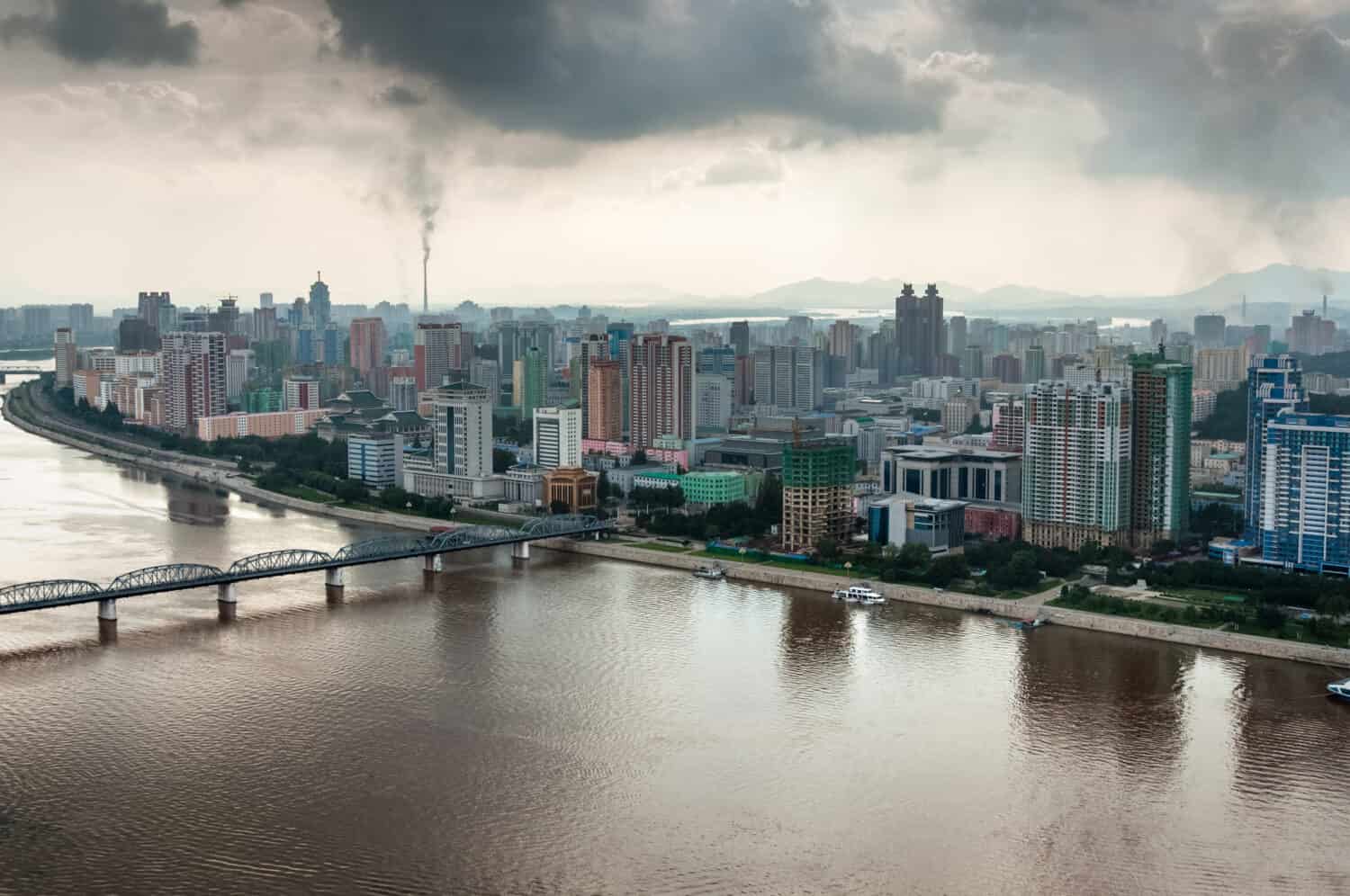
North Korea’s economy is oriented entirely around the leadership’s military priorities.
©Piu_Piu/Shutterstock.com
After an unsuccessful attempt to conquer South Korea, the communist North Korean government has developed into a reclusive, cult-like regime dominated by the Kim family. One of the most heavily militarized countries in the world, North Korea has developed a nuclear weapons program and ICBMs that can reach the mainland United States.
7. Russia

Western sanctions in response to Russia’s invasion of Ukraine damaged the Russian economy.
©SSV-Photo/iStock via Getty Images
Russia is the largest piece of the Soviet Union, which became divided into 15 separate countries with the collapse of communism in 1991. Russian leader Vladimir Putin deeply resents Russia’s humiliation and wants to restore it to great power status. His most recent attempt to do so is in the ongoing invasion of Ukraine. The United States and its allies are supporting Ukraine diplomatically, financially, and with military technology and have imposed crippling sanctions on Russia. So far, this support has only been able to bring the conflict to a stalemate. Although today Russia’s conventional military power cannot match that of the West, it retains a large nuclear arsenal, making it one of the United States’ most dangerous rivals.
8. Syria
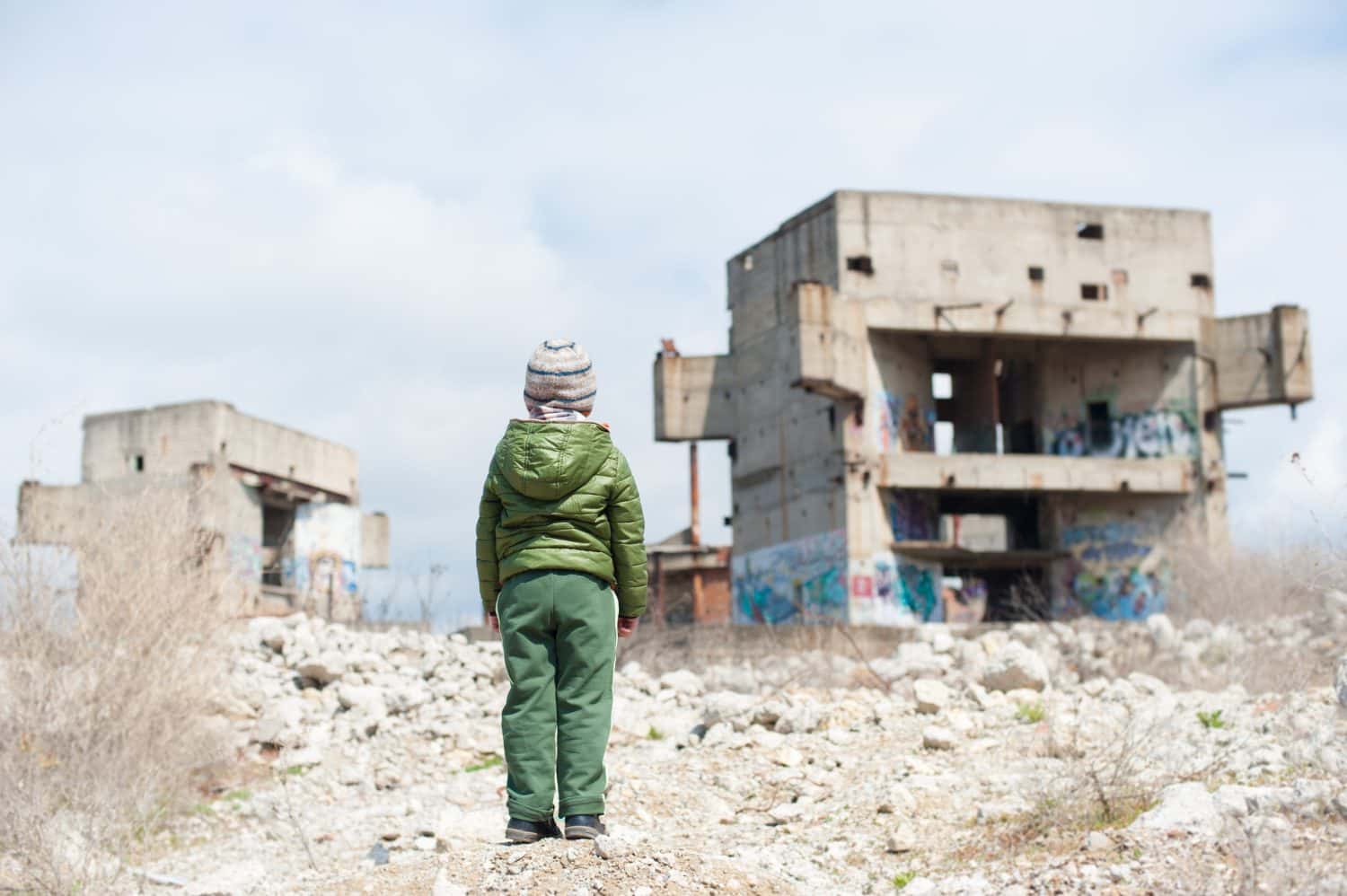
Syria has been largely destroyed by a multi-faction civil war.
©Ruslan Shugushev/Shutterstock.com
The United States’ support of Israel contributed to some of the Arab states aligning themselves during the Cold War with the Soviet Union. One of these was Syria, ruled by the dictatorial Assad dynasty. Syria collapsed into a multi-faction civil war in 2011 that is still ongoing. The United States, Turkey, the Soviet Union, and other countries intervened militarily to various degrees. Given their previous conflicts, the United States and Syria are unlikely to reconcile unless a new government takes power in Syria.
9. Venezuela

Economic mismanagement turned Venezuela into one of the poorest Latin American countries.
©testing/Shutterstock.com
Venezuela was once one of the most prosperous countries in Latin America, with an economy based on the oil industry. After a socialist government came to power and began abusing human rights, the United States imposed a trade embargo on the country in 2020. Economic mismanagement and the embargo caused the economy to tank and millions of political and economic refugees fled to neighboring countries and the United States.
10. Yemen
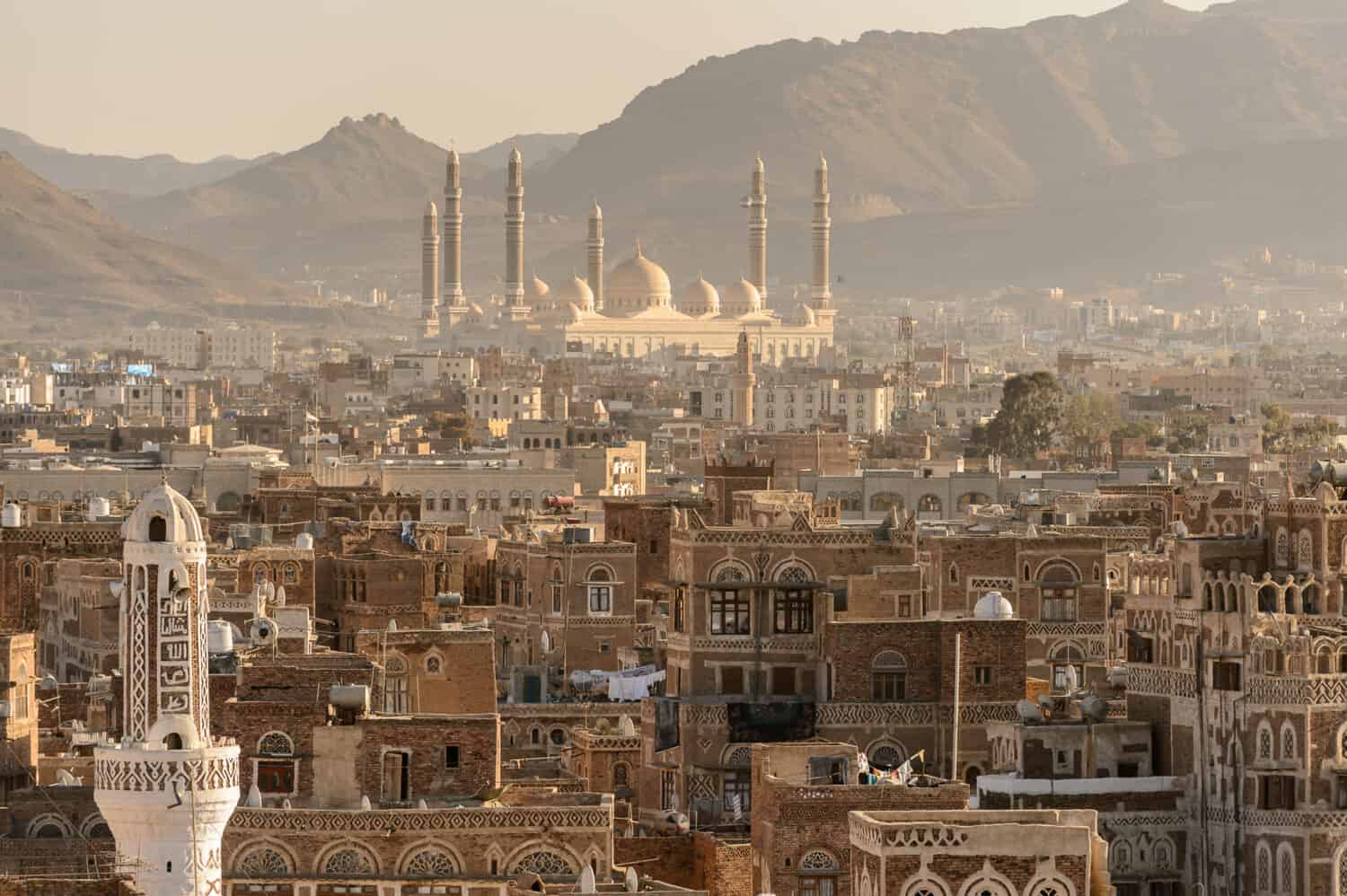
Sana’a, Yemen’s capital, had a large Jewish and Christian population in pre-Islamic times.
©Anton_Ivanov/Shutterstock.com
Yemen is one of the only countries in the Arabian Peninsula that is not floating on an ocean of oil. Its poverty has made it a notorious center of terrorism, piracy, and human trafficking. Yemen is currently embroiled in a brutal civil war with Houthi rebels sponsored by Iran and a weak central government that is supported by Saudi Arabia, an American ally. The United States and the United Kingdom have recently unleashed airstrikes on Houthi positions in retaliation for their missile and drone attacks directed at Israel and at international shipping.
The photo featured at the top of this post is © Jacob Lund/Shutterstock.com
Thank you for reading! Have some feedback for us? Contact the AZ Animals editorial team.






